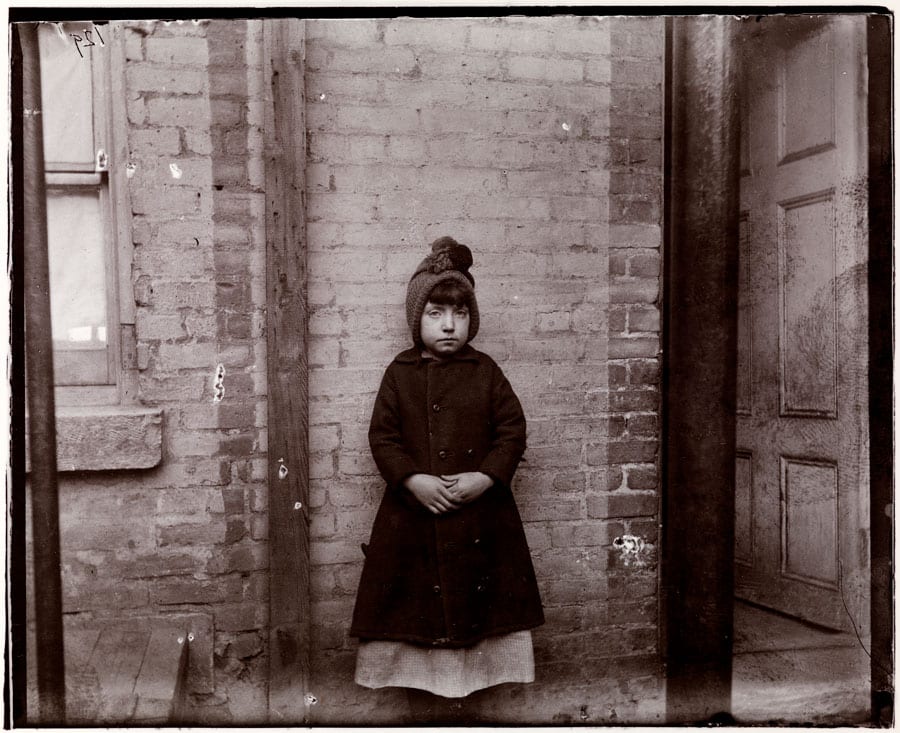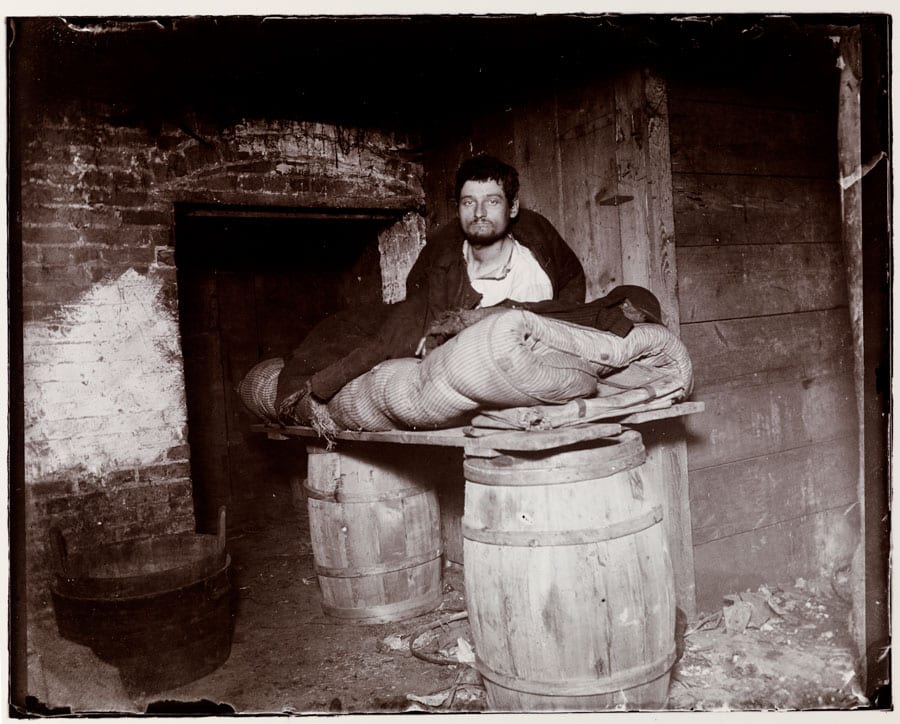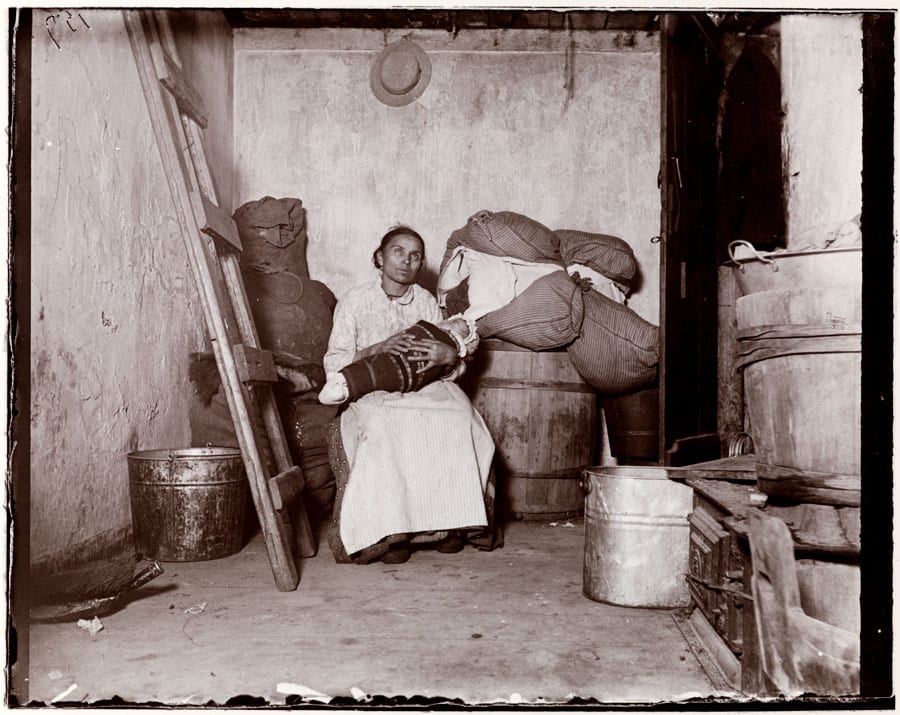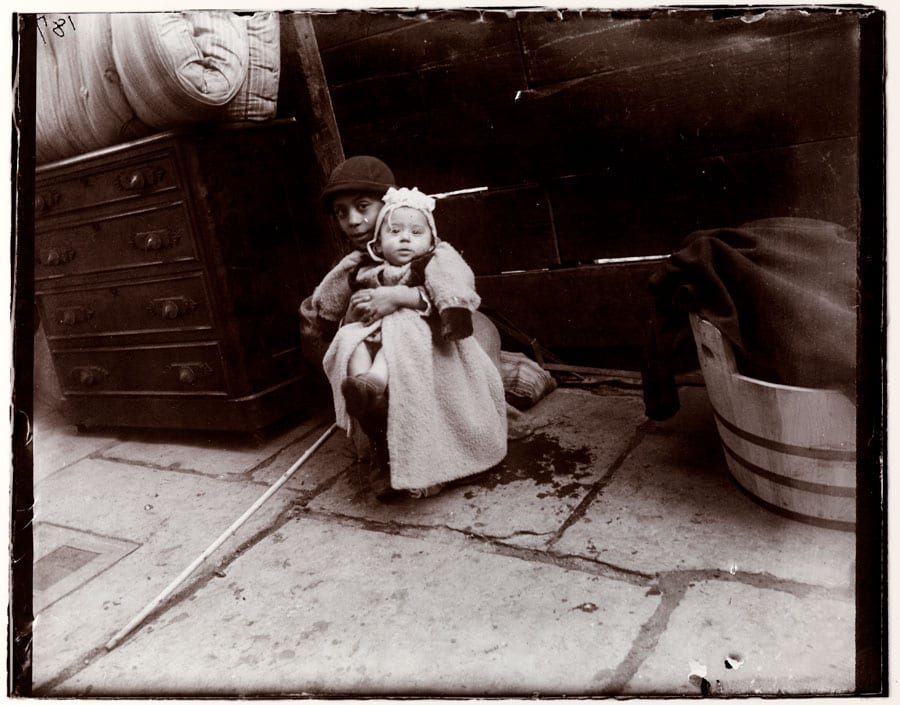Cedar Rapids, Iowa—June 15, 2021
Jacob Riis (1849–1914) was a pioneering newspaper reporter and social reformer in New York at the turn of the twentieth century. His then-novel idea of using photographs of the city’s slums to illustrate the plight of impoverished residents, many of them recent immigrants, established Riis as forerunner of modern photojournalism. “Jacob A. Riis: How the Other Half Lives” features photographs by Riis and his contemporaries, as well as his handwritten journals and personal correspondence. “Jacob A. Riis: How the Other Half Lives” opens June 16, 2021 at NCSML.
At the time these photos were taken, New York City was the epicenter of America’s thriving economy but spawned the worst slums on earth. The Danish-born Riis emigrated to America at the age of twenty, and after four years of living in poverty, he started a successful career as a newspaper journalist for the New York Tribune and the Evening Star. Riis worked at night as a police reporter, often seeing the less polished side of New York City, the new home to many immigrants from throughout Europe.
By taking photographs to accompany his newspaper articles, Riis first began documenting the lives of the impoverished and the places they lived and took refuge. With the development of flash powder, he was able to illuminate nighttime images of those living and working in alleyways, tenements, and sweat shops, among other squalid places in the city. His interests in writing about “how the other half lived” grew, and over his lifetime Riis wrote many books about the urban poor that included his photographs.





